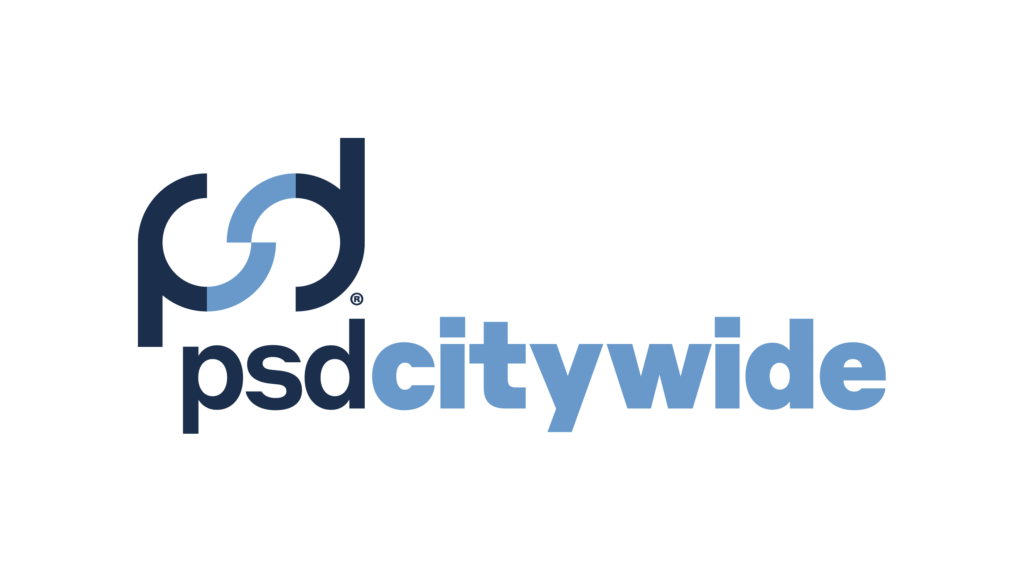Delve into the purpose and municipal implications of Bill 23, and how solutions like Citywide Permitting can aid municipalities in adapting and thriving amidst these transformative changes.
What is Bill 23?
The More Homes Built Faster Act, 2022, otherwise known as Bill 23, was passed by the Legislature and received Royal Assent on November 28, 2022. As part of the Ontario government’s plan to build 1.5 million new homes by 2032, this Bill aims to remove construction barriers in addition to other prosperity projects without harming heritage properties that bring value to local communities. Since its assent, the Bill has made fundamental changes to Ontario’s land use planning system by revising the Development Charges Act, Planning Act, and Municipal Act, among others.
Municipal Implications
The modification of municipal requirements has already produced substantial changes to the sequence of administrative processes – most of which triggered necessary workflow changes. In order to keep track of all these changes and ensure that municipalities are aligned with the necessary requirements, documents and reviews, it’s essential that municipal software solutions be adaptable to comply with regulatory changes.
The below list summarizes the changes municipalities must address to be in compliance with Bill 23, and highlights how Citywide Permitting can help municipalities effectively navigate this legislation.
- Development Charges Act
The Development Charges Act enables municipalities to enact by-laws that impose development charges (DC) against land developers in order to pay for infrastructure required to provide municipal services to the new development. Bill 23 reduces development charge funding and any other funding necessary to pay for the infrastructure. It will also require municipalities to spend at least 60% of their DC reserves for priority services (i.e. water, wastewater, roads, etc.). Lastly, the DC Act will provide a discount for purpose-built rental units, with an even higher discount for larger units, in addition to the existing DC freeze and deferral of payments over five years.
The Licensing, Permitting, and Planning submodules within Citywide Permitting have the ability to keep track of your municipality’s financial reporting to guarantee that you are meeting the requirements set out for local governments by the Act. The various built-in reports like development charges report, GL Code report, Payments, and Refunds reports will be instrumental in accounting for financial transactions and summarizing monthly/quarterly cash flows. Fee structures and development charges for municipal and regional services can be easily modified by municipal staff to reflect changes as per the latest by-law schedules.
- Planning Act
The Planning Act sets out ground rules for approving and appealing land use planning applications in Ontario. Bill 23 fundamentally changes the Planning Act by removing upper-tier municipalities from the Planning Act approval process for both lower-tier official plans amendments (OPAs) and plans of subdivisions. This means that the Regional Municipalities of Durham, Halton, Niagara, Peel, Waterloo, York, and County of Simcoe do not have any planning responsibilities anymore. In other words, the lower-tier municipalities are no longer obligated to consult with regional municipalities in the approval process as they did earlier, which will save time in their workflow stages. The Minister would therefore become the only approval authority for all lower-tier OP and OPAs, and these decisions would not be subject to appeal. Additionally, minor variance or consent decision appeals will no longer be accepted by third parties, and will only be accepted by the applicant, the municipality, certain public bodies, and the Minister. Lastly, public meetings will not be required for application approvals of draft subdivision plans.
All of these revisions to the Planning Act through Bill 23 are intended to save staff time and expedite the approval process for planning applications so that development plans can be executed faster. To easily adapt to these changes, Citywide Permitting has implemented Workflow Customization through the use of custom statuses to record the steps of the approval process for an application type. These workflow statuses can be amended to exclude any possible appeals from third parties, or skip the public meeting step when required. The steps required from initiation to completion for any given official plan amendment are easily understood using the Planning Module, as it keeps track of these evolving requirements by recording status changes under Application History. The module also has the ability to set day counters for each workflow status so that the number of days an application stays in a given status can be monitored.
- Municipal Registers
As of July 1, 2023, municipalities are required to make their municipal registers available on a publicly accessible website. Citywide Permitting can help you face this daunting task. It allows users to easily modify required documents and reviews for any application type, in addition to municipal registers at a template level. Under Reviews, municipalities can track their progress and issues through detailed checklists to ensure that their registers and plans are up-to-date and accurate.
Conclusion
Using the Planning submodule under Citywide Permitting, municipalities can streamline their entire permitting and planning processes. Municipal governments can easily access their application types (ie. draft condominium and subdivision plans), and can customize their workflow to align with the new changes created by Bill 23. For instance, public meetings used to be a requirement for approval of subdivision draft plans, but since this is no longer a requirement, the respective workflow status can now be eliminated from your municipality’s application-type workflow.
Using Citywide Permitting, required documents and reviews for an application type can be quickly modified at the template level. Your municipality can also track progress and roadblocks through detailed checklists under Reviews. This enhanced permitting solution centralizes all permitting and planning activities, allowing communities to streamline their planning process while managing pre-consults, applications, workflows, and appeals from a single unified and cloud-based platform. The integration between the Planning and Permits submodules allows staff to track permit applications related to a planning application. Similarly, any planning proposal involving the property parcel of a permit application can be easily pulled up.
Bill 23 has undoubtedly disrupted the traditional permitting and planning workflow processes for municipalities across Ontario, but Citywide Permitting is designed to help staff navigate these new expectations with ease.
Read more about the advantages of Permitting software here.



